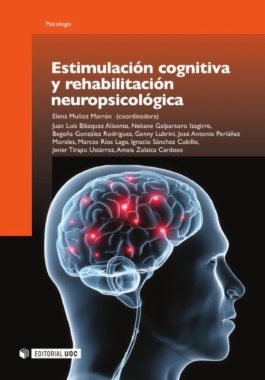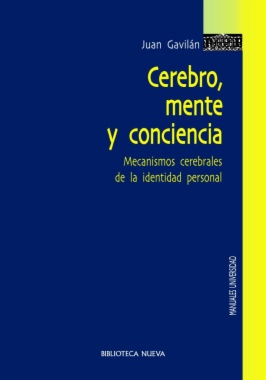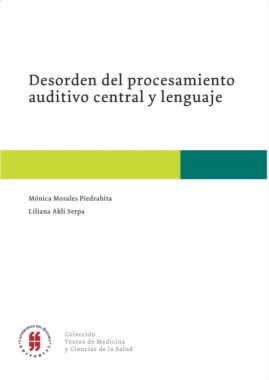
Estás filtrando por
Se encontraron 737 resultados en recursos

Compartir este contenido
La historia de Graciela : parecía un colon irritable...
Copia el enlace o compártelo en redes sociales

Estimulación cognitiva y rehabilitación neuropsicológica
Compartir este contenido
Estimulación cognitiva y rehabilitación neuropsicológica
Copia el enlace o compártelo en redes sociales

Aproximación al problema de la competencia del enfermo
Compartir este contenido
Aproximación al problema de la competencia del enfermo
Copia el enlace o compártelo en redes sociales

Cerebro, mente y conciencia
Compartir este contenido
Cerebro, mente y conciencia
Copia el enlace o compártelo en redes sociales

Geografía de la lamentación : Institución hopitalaria y sociedad. Nueva Granada 1760-1810
Compartir este contenido
Geografía de la lamentación : Institución hopitalaria y sociedad. Nueva Granada 1760-1810
Copia el enlace o compártelo en redes sociales

Desorden del procesamiento auditivo central y lenguaje
Compartir este contenido
Desorden del procesamiento auditivo central y lenguaje
Copia el enlace o compártelo en redes sociales

Inhibicion y lenguaje
Compartir este contenido
Inhibicion y lenguaje
Copia el enlace o compártelo en redes sociales

Street Salad
Compartir este contenido
Street Salad
Copia el enlace o compártelo en redes sociales

Proyecto Mowinga : alimento y salud
Compartir este contenido
Proyecto Mowinga : alimento y salud
Copia el enlace o compártelo en redes sociales

Productos medicinales a base de Cannabis
Compartir este contenido
Productos medicinales a base de Cannabis
Copia el enlace o compártelo en redes sociales
Selecciona las Colecciones en las que vas a añadir el contenido
Para consultar los contenidos añadidos busca la opción Tus colecciones en el menú principal o en Mi perfil.
